As the release of Birds Eye's results this week confirmed, it is a good time to be in the frozen food category. The company posted a 5% increase in UK sales to £545m, with pre-tax profit up 10% to £203m.
The strong performance was put down by chief executive Martin Glenn in no small part to consumers trading from more expensive chilled options - although innovation and a change in marketing tack have contributed. Also helping has been the industry's ability to keep a tighter lid on inflation.
The average price of frozen food is up 12.3% year-on-year, below the 15.1% average rise across all food, and the affordability factor is giving it crucial consumer appeal at a time of financial hardship.
The price rises reflect increased production costs, as well as higher fuel prices in the first half of last year, but fresh food is still a more expensive option as wastage has to be factored into the cost.
As a result, the retail frozen food market, at £4.8bn, is in 5.8% annual growth, according to the British Frozen Food Federation, giving it 10 successive quarters of accelerating growth. The market should comfortably pass the landmark £5bn barrier during 2009, according to BFFF director general Brian Young.
"Consumers are turning to frozen in vast numbers, attracted by the locked-in nutrients, minimal waste and terrific value," said Young.
To capitalise on the situation, a retailer and manufacturer-funded consumer website entitled The New Ice Age was launched recently to demonstrate how frozen food can help ease the burden for cash-strapped families.
Within frozen there have been a number of success stories. Frozen veg is up 9.7% in value [TNS] as consumers become increasingly aware of the health benefits of the way nutrients are retained when produce is frozen at harvest. Savoury foods are also up 8.6% as shoppers seek out comfort foods such as pies and pizza.
There has been both volume and value growth for frozen fish, with more affordable options taking precedence over pricier fresh alternatives.
One sector to struggle was ice cream, where sales suffered as a result of the second successive summer washout. Ready meals also failed to excite shoppers as consumers became convinced by the drive for putting together meals themselves.
Frozen looks set to stay in the limelight throughout 2009. Asda has already made a commitment to always have at least 100 frozen lines at £1 this year, and other supermarkets are expected to follow similarly aggressive promotional approaches.
And with celebrities such as Paul McCartney and David Beckham extolling the benefits of frozen food, the category can expect the good times to continue for at least a while yet.
The strong performance was put down by chief executive Martin Glenn in no small part to consumers trading from more expensive chilled options - although innovation and a change in marketing tack have contributed. Also helping has been the industry's ability to keep a tighter lid on inflation.
The average price of frozen food is up 12.3% year-on-year, below the 15.1% average rise across all food, and the affordability factor is giving it crucial consumer appeal at a time of financial hardship.
The price rises reflect increased production costs, as well as higher fuel prices in the first half of last year, but fresh food is still a more expensive option as wastage has to be factored into the cost.
As a result, the retail frozen food market, at £4.8bn, is in 5.8% annual growth, according to the British Frozen Food Federation, giving it 10 successive quarters of accelerating growth. The market should comfortably pass the landmark £5bn barrier during 2009, according to BFFF director general Brian Young.
"Consumers are turning to frozen in vast numbers, attracted by the locked-in nutrients, minimal waste and terrific value," said Young.
To capitalise on the situation, a retailer and manufacturer-funded consumer website entitled The New Ice Age was launched recently to demonstrate how frozen food can help ease the burden for cash-strapped families.
Within frozen there have been a number of success stories. Frozen veg is up 9.7% in value [TNS] as consumers become increasingly aware of the health benefits of the way nutrients are retained when produce is frozen at harvest. Savoury foods are also up 8.6% as shoppers seek out comfort foods such as pies and pizza.
There has been both volume and value growth for frozen fish, with more affordable options taking precedence over pricier fresh alternatives.
One sector to struggle was ice cream, where sales suffered as a result of the second successive summer washout. Ready meals also failed to excite shoppers as consumers became convinced by the drive for putting together meals themselves.
Frozen looks set to stay in the limelight throughout 2009. Asda has already made a commitment to always have at least 100 frozen lines at £1 this year, and other supermarkets are expected to follow similarly aggressive promotional approaches.
And with celebrities such as Paul McCartney and David Beckham extolling the benefits of frozen food, the category can expect the good times to continue for at least a while yet.







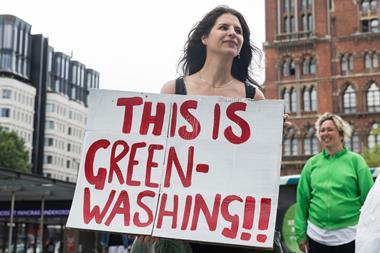
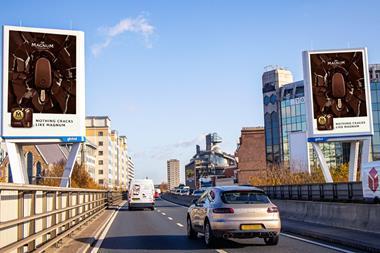

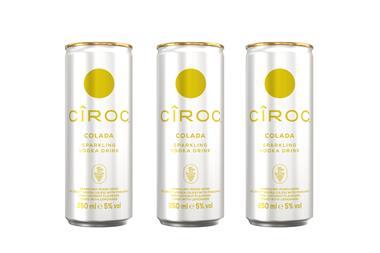
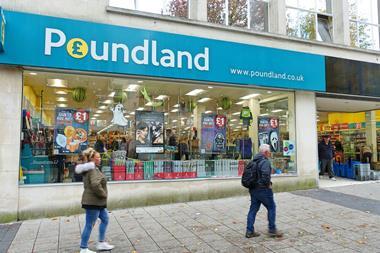

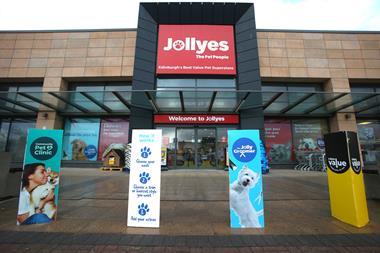
No comments yet